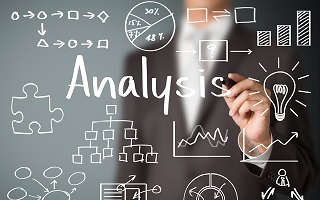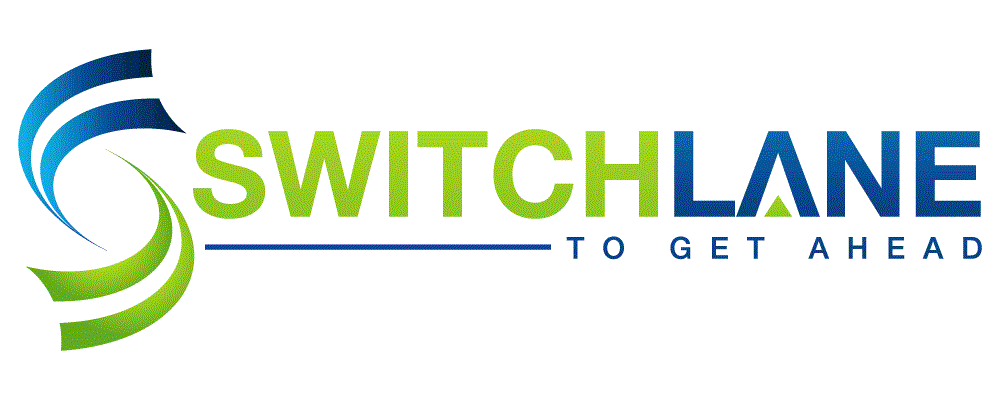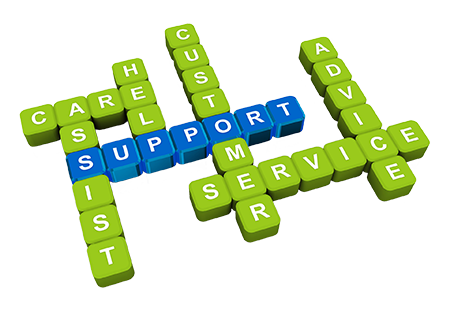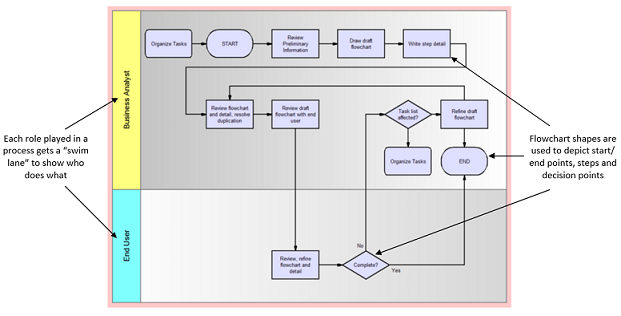 Business analysis is an important, but sometimes overlooked, function within any IT organization. Stakeholders in a business have various ideas about problems they need to solve, and in some
cases have ideas about how to solve them, but they may not know much about technology or what is feasible. Software developers are good at building systems but aren't always good at understanding
the core business problems and how solving them will bring value. This is where a Business Analyst (BA) comes in. A BA specializes in identifying and defining business needs and determining
solutions to business problems. These solutions often include a software component, but may also consist of process improvement, organizational change or strategic planning. A good BA can speak
the language of the business and also speak the language of technology, functioning as a translator between the two.
Business analysis is an important, but sometimes overlooked, function within any IT organization. Stakeholders in a business have various ideas about problems they need to solve, and in some
cases have ideas about how to solve them, but they may not know much about technology or what is feasible. Software developers are good at building systems but aren't always good at understanding
the core business problems and how solving them will bring value. This is where a Business Analyst (BA) comes in. A BA specializes in identifying and defining business needs and determining
solutions to business problems. These solutions often include a software component, but may also consist of process improvement, organizational change or strategic planning. A good BA can speak
the language of the business and also speak the language of technology, functioning as a translator between the two.
SwitchLane has a track record of providing BA consultants to clients that either don't have this skillset in house, or who need to supplement their own team for a specific project. Our consultants have experience doing this in the context of traditional waterfall processes as well as in the context of more modern agile processes. We focus on separating the definition of requirements (which define a set of problems) from solutions (what should be built or done to solve those problems), which is often muddled together. The tabs below show more information about some of the core functions our BAs perform for clients.











